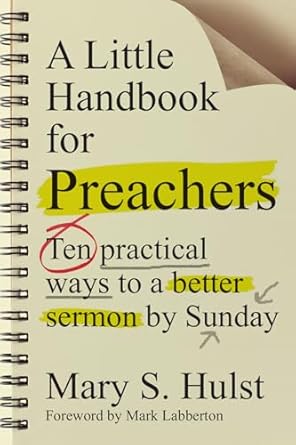The Importance of Preparation
We would see Mr. Tony out on his front porch early on those summer holiday mornings scraping the grates on his large grill, pouring in the fresh charcoal, and starting up the fire that would run throughout the day. He would tend the coals all morning, making sure the flames were just right and that all the coals would get a turn in the middle. He would turn them over, scoot them around, and occasionally pick up a couple that had fallen to the side.
Just before noon, when the coals were at the temp he wanted them to be, he would throw on the racks of ribs. It wouldn’t take long before the whole neighborhood took on the flavor of Mr. Tony’s BBQ sauce. By mid-afternoon, people walking by on the street would shout out to Mr. Tony, “Smells good.” To which he would respond, “Yes, it does. Not quite ready though.”
As the afternoon turned toward dinner time, our stomachs would start prompting us that today would be a good day to be impolite: we should just invite ourselves over. Right about then, Mr. Tony would shout, “It’s ready. Come on over.” He didn’t have to say it a second time; the neighborhood came together quickly, plates and napkins in hand.
I think of Mr. Tony almost every time someone asks me about how I prepare to preach. Early in my training for ministry, one of my mentors told me that good preaching was like a good BBQ. You’ve got to take your time on the prep work. You can’t rush through it or skip over parts just to get to the end. Mr. Tony’s attention to the grill, to the coals, and to the ribs throughout the day have served as a tangible metaphor for me of how important the prep work for a sermon is.
Bringing Out the Rich Flavors

This summer I’ve been brought back to that image again as I’ve worked my way through Mary Hulst’s A Little Handbook for Preachers, even though Pastor Mary does not use the BBQ image in her description of preaching. Rather, it’s as if Pastor Mary has invited us to come sit on the porch with her as she walks through all sorts of little, behind-the-scenes details that go into preparing a meal from God’s word for our congregations.
Pastor Mary sets the table at the outset. She insists that preaching a text involves not only reading the text, but also learning to dwell in the text, so that we can “love the Word itself.” (22-24) She reminds us that a sermon is about making God known, and that the God of scripture “is less interested in our personal happiness than in our Christian formation.” (37) Pastor Mary then adds that “to preach grace is to remind people that we get to live differently because of what God has done.” (56) Even a call to holy living is an act of God’s ongoing grace in our lives, not another burden.
As Pastor Mary’s winsome teaching continues, she invites us to consider how compelling preaching emerges from the question “What is God doing in this passage?” in such a way that we can then discern more easily what God is doing in our own lives. (72) After adding in several practical skills for encouraging imagination, Pastor Mary shows how good sermons interact with their contexts, contending that “the sermon is not a standalone piece of performance art.” (102) In some sense, these chapters are like learning about how to bring out the rich flavors of God’s Word.
Before wrapping up, Pastor Mary walks us through how to preach messages we’d rather not preach, how our body language, clothing, and gestures can participate in preaching the gospel, and how to stretch our understanding of others so that the stories we use connect a wider range of people with the gospel. She then concludes with a chapter on receiving feedback about our sermons, which really serves as a call for a broader dialogue within our churches about the benefits of talking together about preaching. Pastor Mary writes, “preachers and parishioners have the same goal: that the Word of God will live in the hearts and minds of all who hear it by the power of the Holy Spirit, who uses preaching to animate all of us for grateful service in the kingdom of God.” (171)
A Book to Savor
Often times, when I pick up a new book or resource, I like to read through it in as few sittings as possible. However, I found with Pastor Mary’s book that it was best taken in bite size pieces, savoring a chapter or even just half a chapter in each sitting. As a preacher, I found that this slower reading process allowed me more opportunity to try out Mary’s insights into my own preaching. Much like Mr. Tony’s front porch, I have also found it helpful to eat this rich feast with others. In this way, A Little Handbook for Preachers is a great resource for pastors who want to work on their preaching, for a group of preachers to study together, and for other church leaders who simply want a better idea of what goes into preaching God’s Word faithfully and fully. Thank you, Pastor Mary, for serving up such a good meal for the church today.

